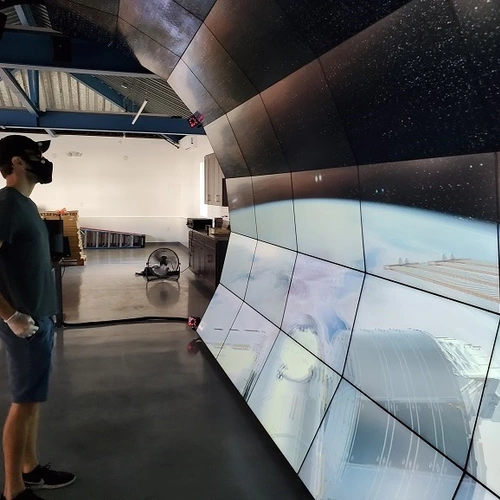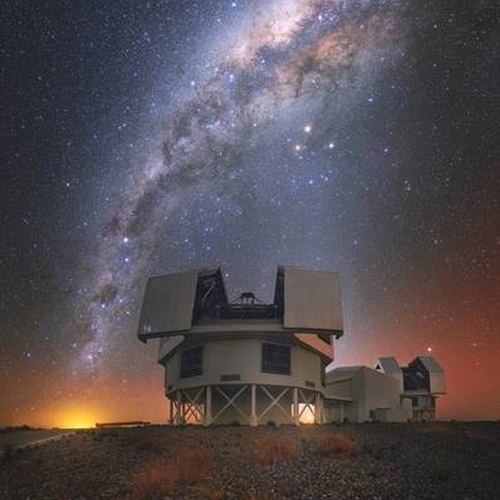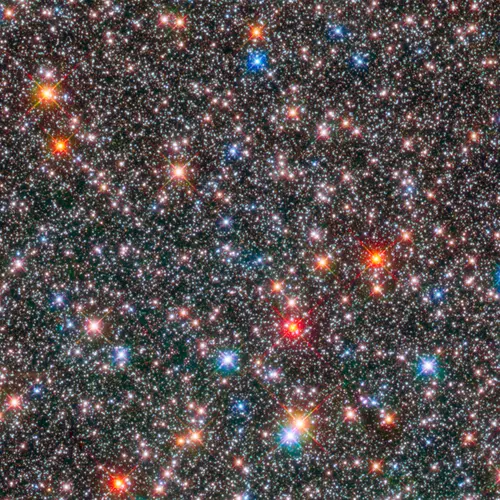Overview
Andrew Benson's research focuses on modeling the formation and evolution of galaxies. The primary aim of Benson’s research program is to develop a detailed and, most importantly, quantitative model of galaxy formation based upon known physical laws rather than empirical rules.
Our empirical knowledge of galaxy formation is rapidly becoming quantitatively precise, and so has the potential to strongly discriminate between theoretical ideas regarding the formation and evolution of galaxies. Unfortunately, the required confrontation of theory with observations cannot occur at present as our ability to analytically model galaxy formation is currently restricted to making predictions accurate only to within "factors of a few."
Progress can only be made therefore by developing a model of galaxy formation which incorporates the relevant physics in detail and which strives to solve that physics to high accuracy. These goals require the use of state-of-the-art models of galaxy formation, both N-body and phenomenological (a.k.a. "semi-analytical").
Over the past few years he has developed a novel, open source semi-analytic model of galaxy formation, Galacticus, which represents a new and unique approach to the problem. Galacticus is now arguably the most advanced and detailed analytic model of galaxy formation available.
Interests
A model realization of the gravitational lensing convergence field around the observed gravitational quad-lens system WFI 2033-4723. Tens of millions of such realizations were generated to quantify how frequently different masses of warm dark matter particle would produce gravitational lensing magnifications similar to those observed.
The extinction as a function of wavelength caused by dust in a suite of model galaxies. Understanding how dust absorbs starlight is an input ingredient in the construction of simulated surveys for future telescopes. The extinction curves shown were computed using a Monte Carlo radiative transfer code.
The distribution of galaxy colors from a synthetic survey built for the Legacy Survey of Space and Time on the Rubin Observatory using the Galacticus model.
The power spectrum of matter in a universe containing both baryons and dark matter, relative to that in a pure dark matter universe. These calculations are being used to quantify how baryons reduce the number of low mass dark matter halos that form - a crucial input to observational programs which aim to measure the nature of dark matter.
Predictions for the number of [O II] emission line galaxies from the Galacticus model compared with observational data. Galacticus is being used to build synthetic surveys of emission line galaxies for the Roman Space Telescope.
CV
- Ph.D in Astrophysics, 2000, Durham University
- M.Phys in Physics and Astrophysics, 1997, University of Leicester



